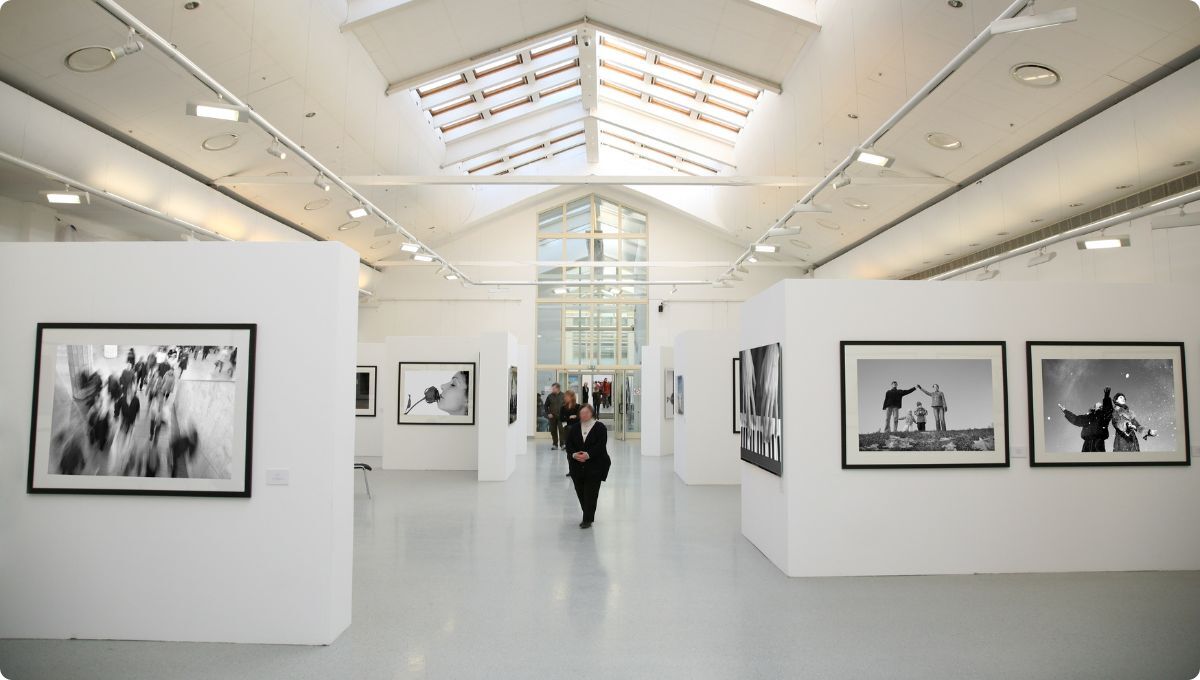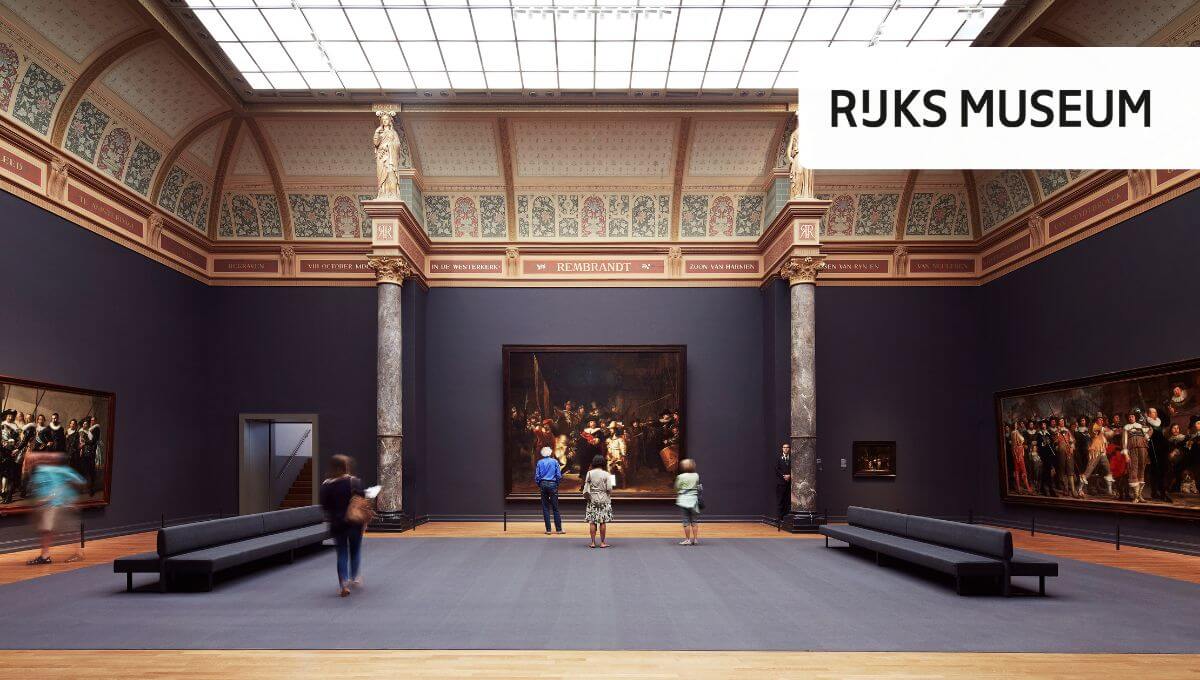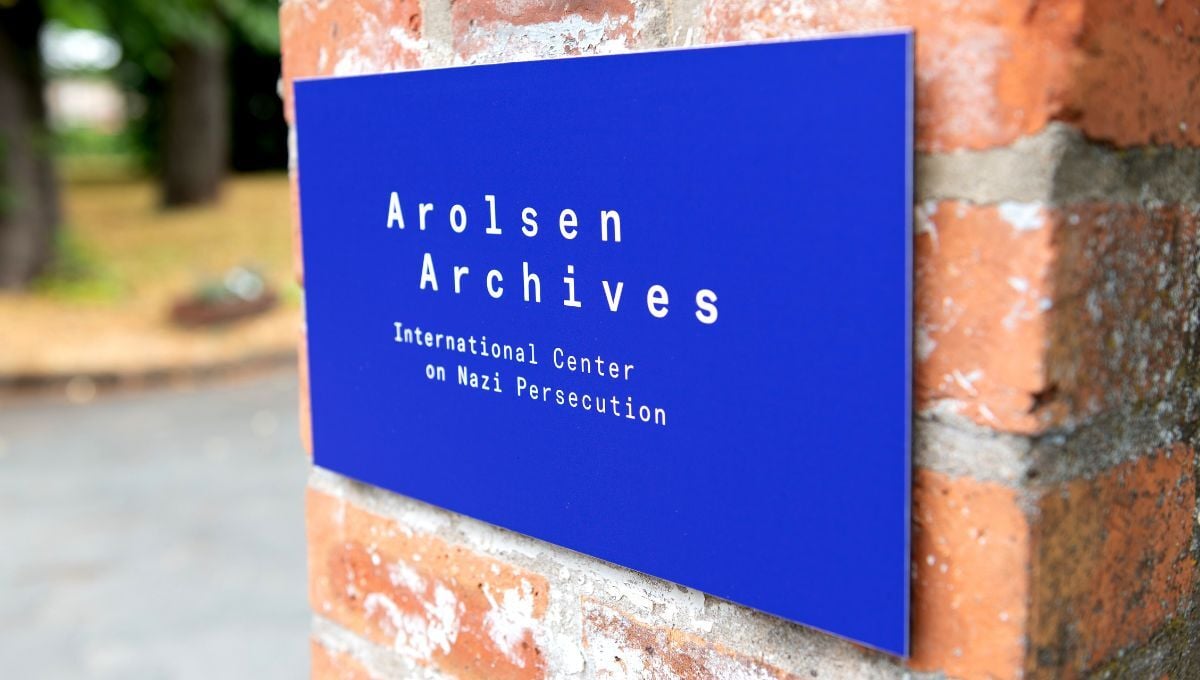
Entrance of the Arolsen Archives headquarters.
How the Arolsen Archives use DAM for their communications
Access to historical images and documents is more important today than ever – for education, remembrance, and raising social awareness. The Arolsen Archives make a unique contribution to this effort: They preserve the world’s most comprehensive archive on Nazi persecution and make it freely accessible for the whole world.
At Fotoware, we are proud to support this important work with our technology – as a platform for the communications activities of an organization whose mission goes far beyond purely archiving.
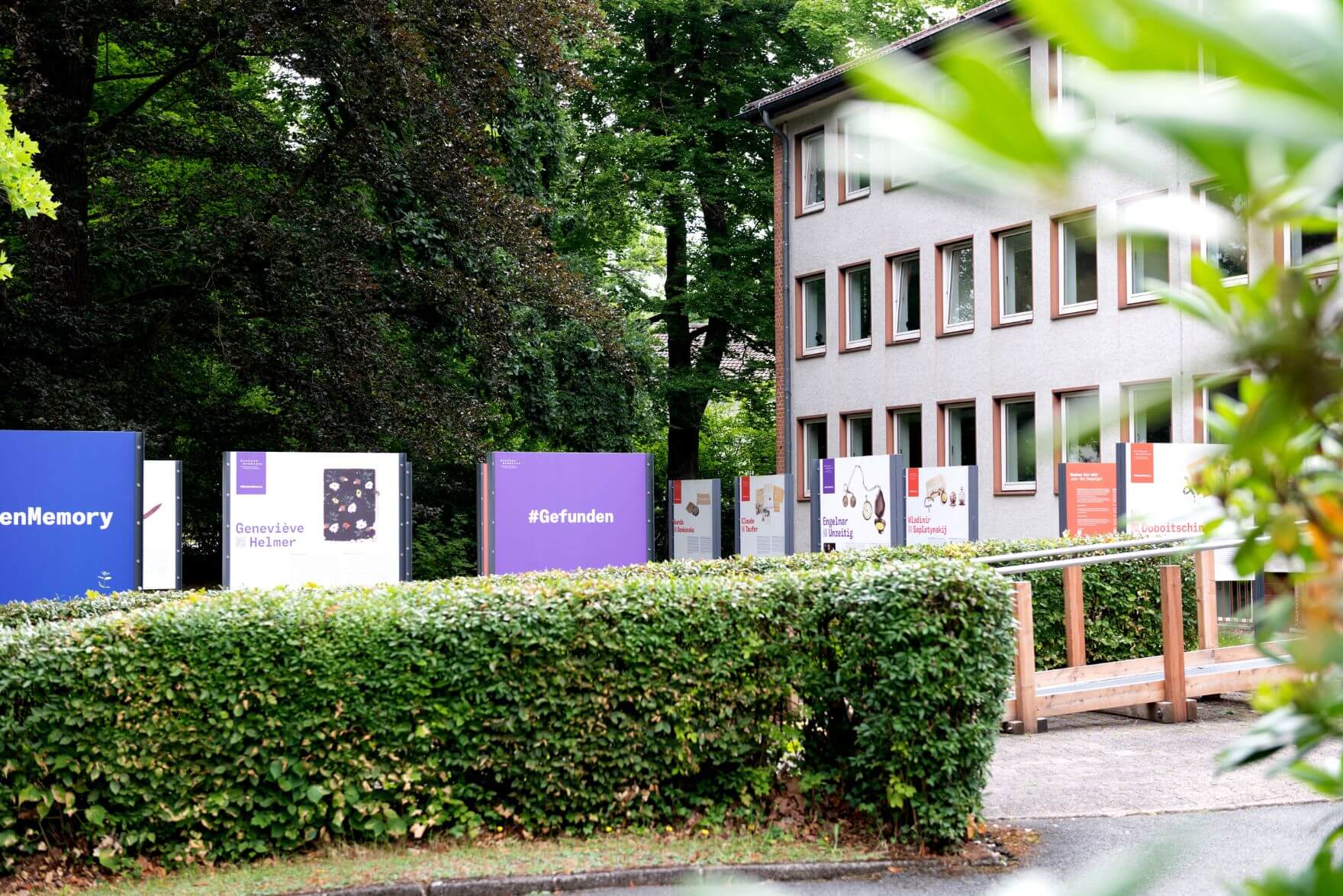
We spoke with Anke Münster, Head of PR, and Julia Dombrowski, Picture Editor and Digital Asset Manager at the Arolsen Archives, about the challenges of organizing media, the role of images in an institution that preserves history for the future, and how a modern Digital Asset Management (DAM) system can contribute to fulfilling a socially relevant mission.
An archive for everyone – the mission of the Arolsen Archives
The Arolsen Archives house the world’s most extensive archive on Nazi persecution. With around 30 million documents, the institution is dedicated to making the fate of millions of victims of National Socialism visible and accessible. But their work doesn’t stop with preservation: their mission is to make history openly available and accessible to everyone.
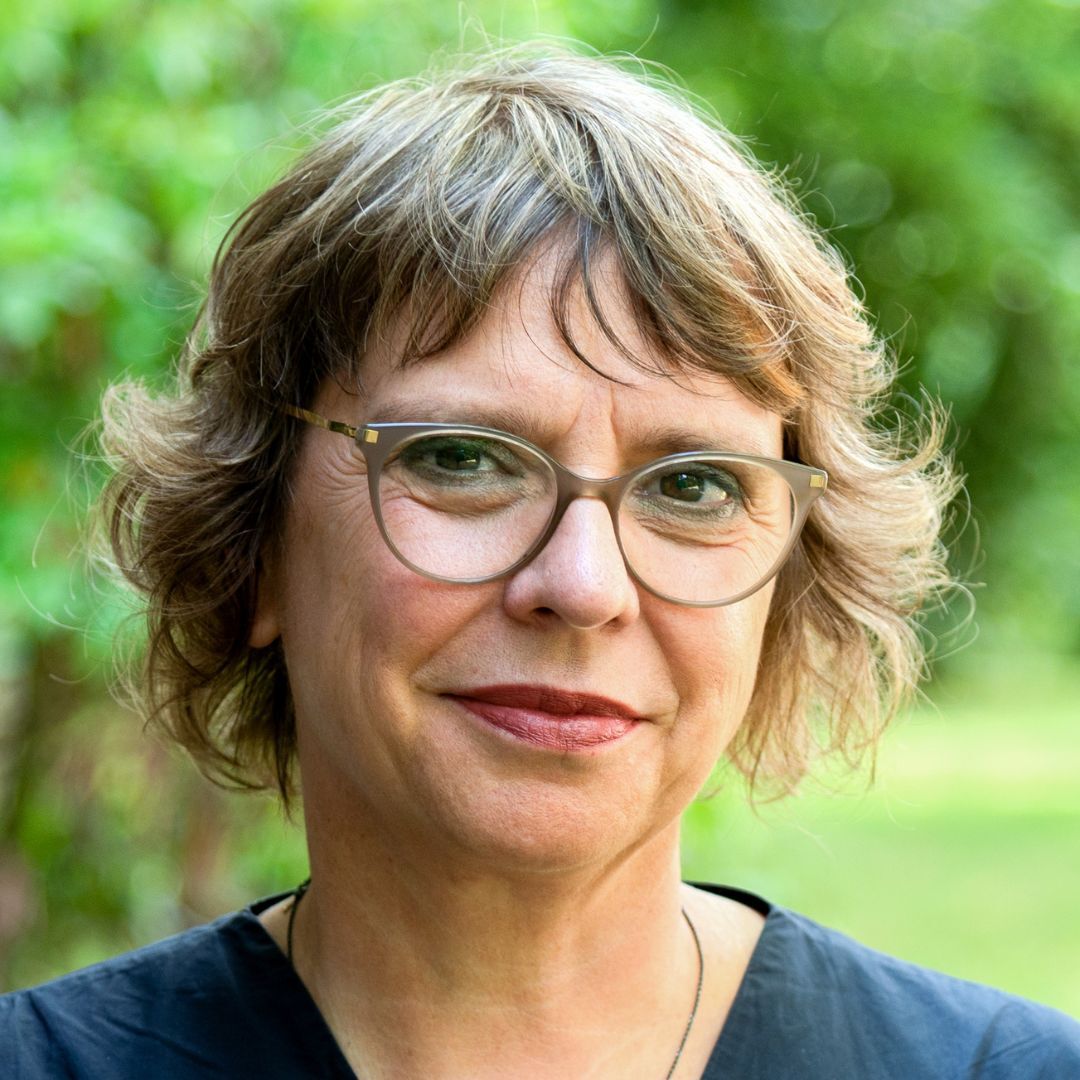
— “Our institution stands for the democratization of archival collections. By making our online archive international and accessible to all, people around the world can directly access and use our archive.”
The goal is also to convey a modern, open, and accessible image of archives. Relatives, researchers, educational institutions, memorial sites, and the general public should be able to access relevant material without barriers. In this way, the Arolsen Archives make an active contribution to promoting remembrance and education.
Demand is impressive and continues to grow: last year, the online archive recorded around 700,000 visits, with an increase of up to 30% expected this year. Relatives represent the largest user group, but universities across Europe, school groups, memorial institutions, media outlets, judicial authorities, and even survivors themselves access the archive for research projects, educational programs, memorial initiatives, and personal inquiries.
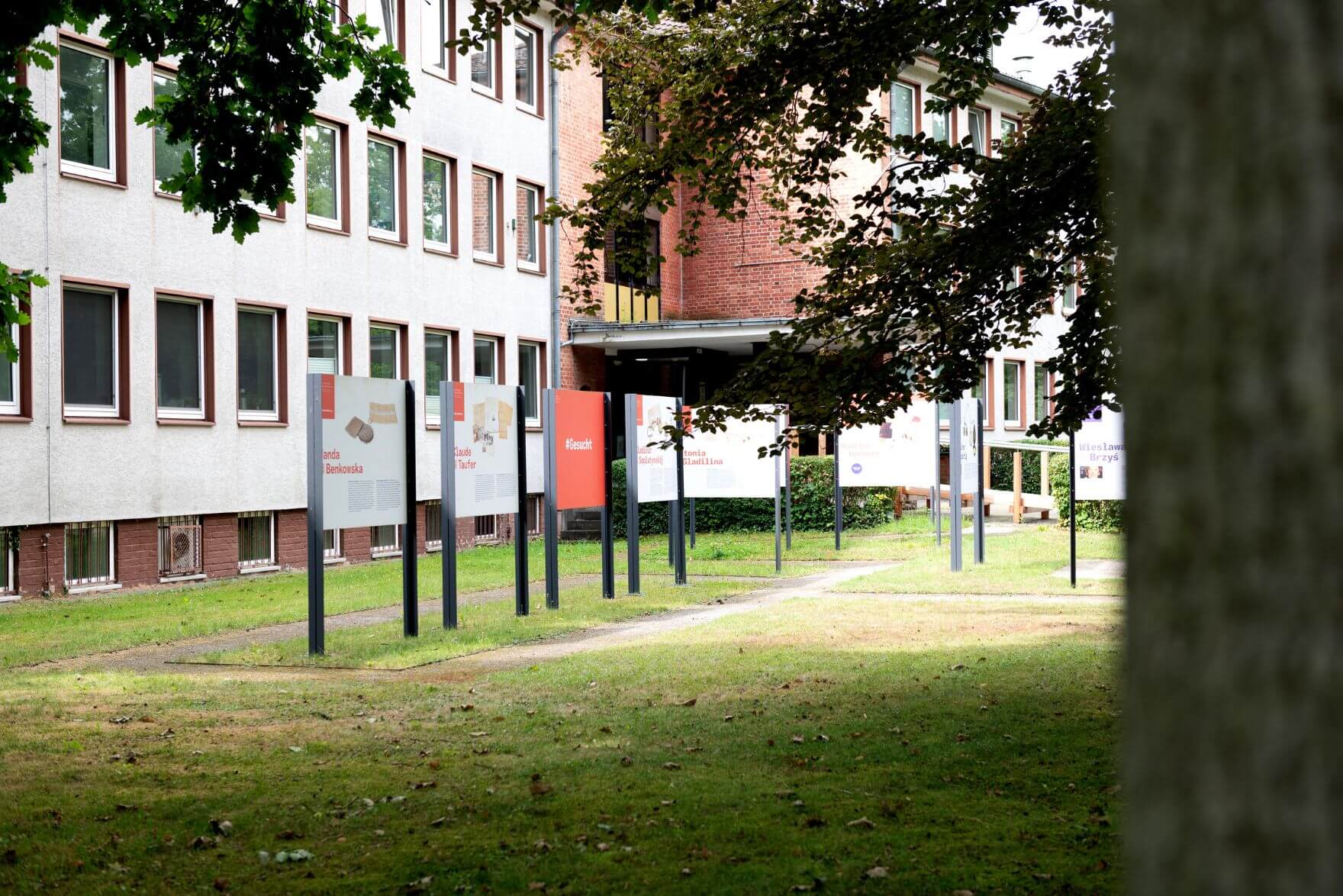
Images as a bridge to the present
Images play a central role in the Arolsen Archives’ media work. Visual storytelling helps make the organization’s wide-ranging activities visible – on social media, in press coverage, on their website, and in educational formats. The archive uses both historical photographs and contemporary images, including photos of archival objects, events, staff, and projects.
The goal is not only to inform and educate about history but also to send a clear signal: the Arolsen Archives are not dusty or closed-off – they are open, dynamic, and designed to encourage exploration and participation.
Before the central image database: scattered files, unclear responsibilities
Before introducing Fotoware, managing images was complex. Files were stored in various locations, metadata was inconsistent, responsibilities shifted, and finding the right visuals took too long. For an organization working with many internal and external stakeholders, this was a serious barrier to modern, fast-paced communications.
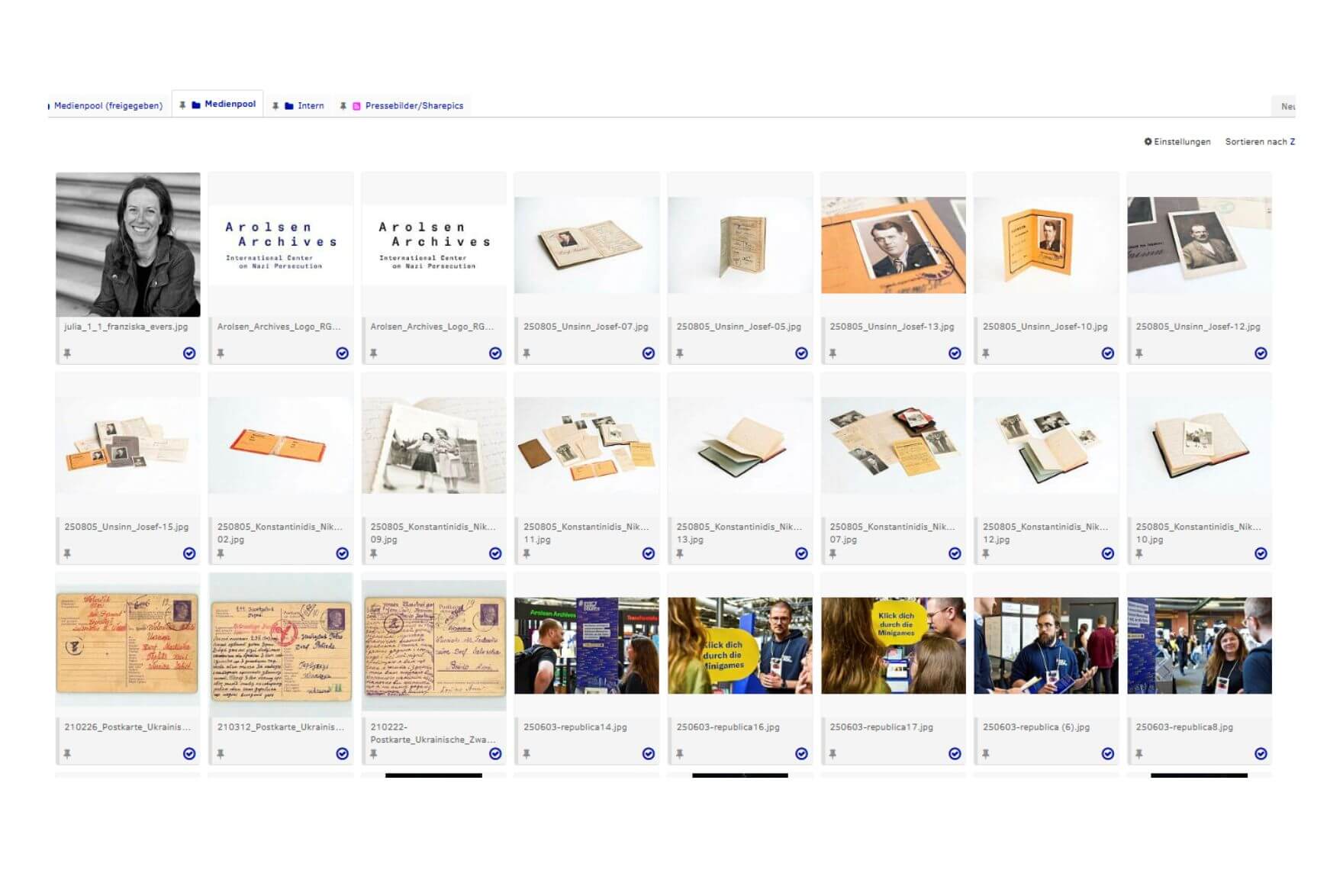
Fotoware as an image archive: clarity, structure, and efficiency
Since 2020, the Arolsen Archives have used Fotoware Veloz as their central platform for media files – a database specifically configured to support their communication needs.
Today, the system manages around 10,000 assets, including photographs of personal belongings from former concentration camp prisoners – jewelry, keepsake photos, letters – which are preserved by the Arolsen Archives and, when possible, returned to their families. The platform also contains event photos, project documentation, and staff portraits for use in marketing and PR.
The diversity of stored assets reflects the complexity of the organization’s mission. To meet these needs, the team leverages Fotoware’s features for structure, control, and rapid access – making it an essential tool for their communications.
Key Fotoware features for the Arolsen Archives at a glance:
- Pro Interface for efficient bulk editing and tagging
- Comprehensive metadata management following IPTC standards
- Structured taxonomy and keyword tagging for consistent data
- Granular user permissions for internal and external groups
- Dynamic albums to provide curated media collections for press and partners
- Powerful search function for quick access to relevant assets
Pro Interface
The Pro Interface helps the Arolsen Archives team manage large volumes of images, especially after workshops or events when many new files need to be imported and tagged quickly. The possibility of bulk editing significantly speeds up their workflows.
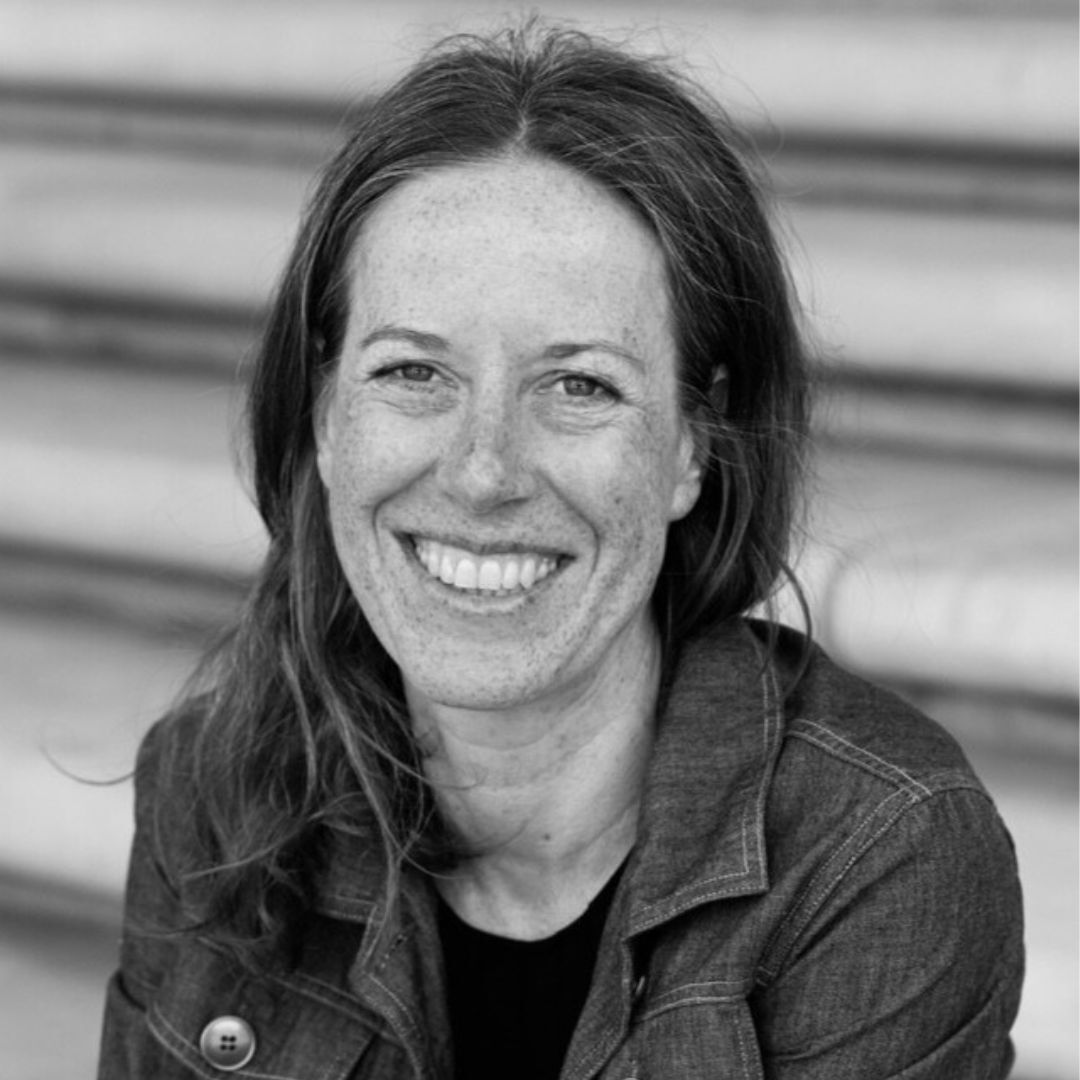
— “With the Pro Interface, we can easily edit, rename, and tag multiple files at once. This batch processing is extremely helpful and will be crucial for our image management going forward.”
Metadata management
Using IPTC metadata fields, the Arolsen Archives can manage all relevant information – such as descriptions, ownership, or usage rights – directly in the system. This ensures transparency in image use and simplifies sharing with the press or publishing on the website.
Metadata tagging and taxonomy
Structured keywording in Fotoware is essential for the Arolsen Archives. Images can be tagged using fixed taxonomies as well as free keywords, enabling fast and consistent searching. Whether for social media, press coverage, or educational projects, the right images – from event photos and historical documents to workshops – can be found and used quickly.
User management and permissions
Differentiated user roles are crucial since staff and external partners require varying access levels. This ensures sensitive or internal images remain secure, while authorized users can access exactly what they need.
Sharing with albums
Dynamic albums allow the Arolsen Archives to create curated image collections for press inquiries, partner projects, or internal needs. These albums can be easily shared and kept up to date without exposing the entire database.
Search functionality
The powerful search function is indispensable for quickly finding the right images within the extensive pool of media files – for ongoing communications, projects, or external requests. This way the database remains useful, without outdated or irrelevant material getting in the way.

Collaboration at the core
Modern media management makes it possible to share visual assets securely, not only internally but also with external partners such as agencies and press contacts. Through the Fotoware image database, well-tagged and up-to-date images are made available with clearly defined access rights.
This ensures external inquiries are handled efficiently with relevant images quickly located and provided in curated albums, while internal areas remain protected.
Flexible permissions and the ability to create dedicated albums for press events or partners simplify collaboration and ensure a controlled, secure exchange of up-to-date media files.
Results that count
The introduction of Fotoware has resulted in more than just a better overview of digital assets – it has created a significantly more efficient way of working, both internally and externally.
Key outcomes include:
- Time savings in image search and delivery
- Easier management and better up-to-dateness of the media library
- Clear roles and responsibilities
- Higher metadata quality
- A high standard and professional approach to visual communication
Looking ahead
Fotoware offers the Arolsen Archives a growing range of possibilities: new features, workflows, and integrations are continuously explored, tested, and integrated where they add value. The aim is not only to improve efficiency but also to further professionalize digital communication and strengthen the visibility of the archive’s work in the long term.
The team sees the platform as a continuously growing toolkit for modern media management – one that makes it possible to introduce new features step by step while evolving existing workflows with flexibility.

— “Direct collaboration with Andreas from the Fotoware Professional Services Team has been extremely helpful – his detailed explanations and personal guidance are invaluable as we expand our use of Fotoware.”
A major opportunity for the future lies in integrating Fotoware with their Content Management System (CMS) WordPress, enabling the Arolsen Archives’ website to be updated directly with visual materials.
Through a connection of DAM and CMS, images and metadata from the image library could be transferred directly to the website, significantly speeding up the publishing process and reducing potential errors. This plugin can further strengthen the organization’s digital communication and visibility.
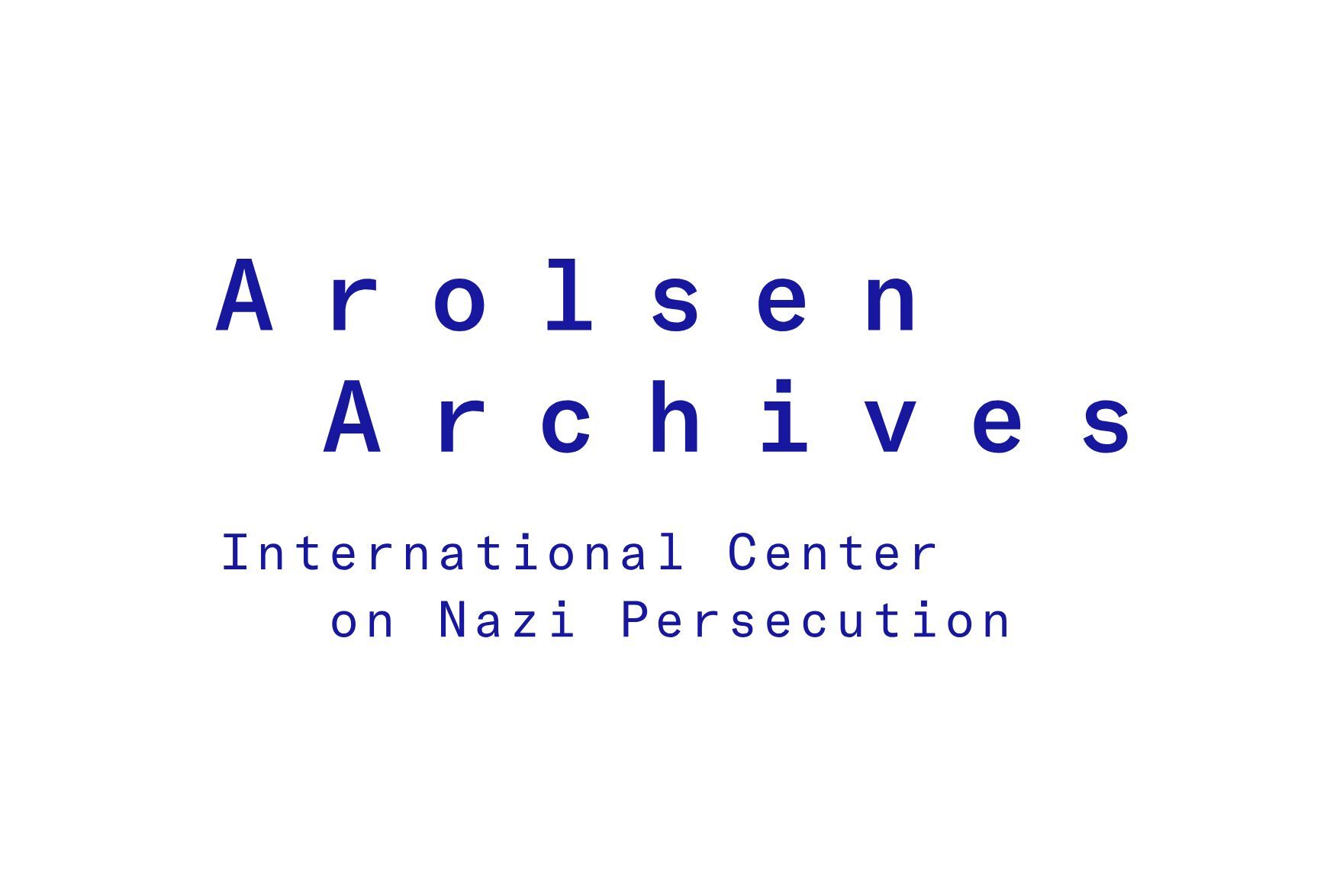
A shared goal: keeping memory alive
The Arolsen Archives demonstrate the importance of a well-structured, accessible database for media files for organizations with a social mission. We are proud to support their work – contributing to efficiency, visibility, and ultimately to an open, relevant, and interactive approach to history.
